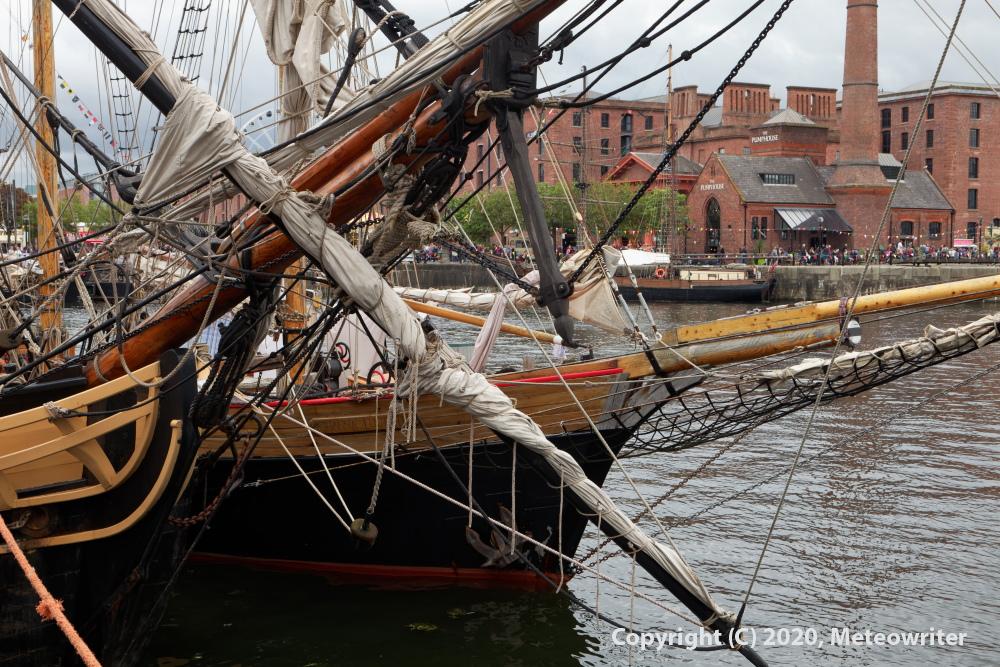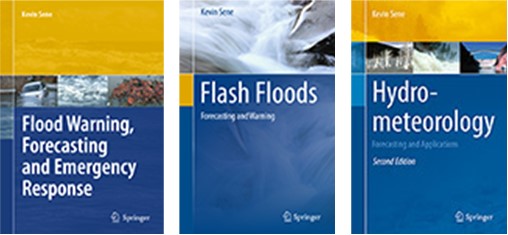
It’s not every day that you see a new documentary about the Mersey so I was pleased when this programme was shown recently on Channel 5. Called The River Mersey, this was part of the Then and Now series, which explores the history of well-known places and in recent episodes has featured Heathrow Airport and the River Thames.
First broadcast on 23 July, much of the episode was filmed in February 2020 during the inaugural visits of the HMS Prince of Wales – the second of the Royal Navy’s new aircraft carriers – and the Scarlet Lady – a newly built luxury cruise ship.
Topics included the history of the Cammell-Laird shipyard, the development of the Port of Liverpool, including Albert Dock, and the role of the port in World War II during the Battle of the Atlantic. Along with historians, interviewees included a retired Mersey Ferries captain and Len McCluskey, who once worked at the docks.
The overall mood was upbeat, highlighting the resurgence of the port and shipbuilding in recent years and of cruise ship visits, tourism, and museum visits, such as at Albert Dock, the Royal Liver Building, and the Western Approaches Museum. There were also interesting segments on the Mersey ferries and tunnels and the Cunard and White Star Lines.
However, the programme didn’t shy away from more difficult times and events in the past, such as the slave trade, the sinking of the Titanic, the impacts of the war in the early 1940s, and the decline of the port from the 1960s, with interviews, commentary and images on these topics.
There were also some entertaining details, such as from the navigator on HMS Prince of Wales as it sailed up the Mersey who revealed that – despite all the high technology equipment – the best approach is still to look out of the window. The Boaty McBoatface controversy also got a mention, which was the name originally suggested by the public for the new polar research vessel built at Cammell Laird and launched last year: the RRS Sir David Attenborough.
Interspersed with some beautiful aerial photography, there were also many historical images, including part of the Lumiere Brothers footage from the 1890s, some of the first known moving pictures of the port. The aerial sequences included some fabulous images of the Three Queens event of 2015, when three Cunard liners performed an elaborate dance in the Mersey, drawing over a million people to its shores, myself included.
Overall, the programme was well worth watching both for its historical interest and insights into modern-day life at the port. The only thing I would change is the title as there so much to discover further upstream as well. Understandably, given when it was filmed, there was also no mention of the impacts of lockdown.
If you missed it, the episode is currently available to watch on My5 and – in case this is of interest – the following articles on this site also discuss the maritime history of the estuary:
- Development of the Port of Liverpool
- Tidal prediction machines
- Inland ports on the Dee and Mersey estuaries
- The lost rivers of Liverpool
- Timekeeping on steam and sailing ships
I also say more about development of the Port of Liverpool and locations upstream in The Mersey Estuary: A Travel Guide, for which details are below.

The Mersey Estuary: A Travel Guide describes places to visit around the estuary, walks and cycle rides, and its history, environment and wildlife, and is available as a paperback and ebook from most bookstores and online retailers; see www.troubador.co.uk and Goodreads for more information including a short video about the book.
